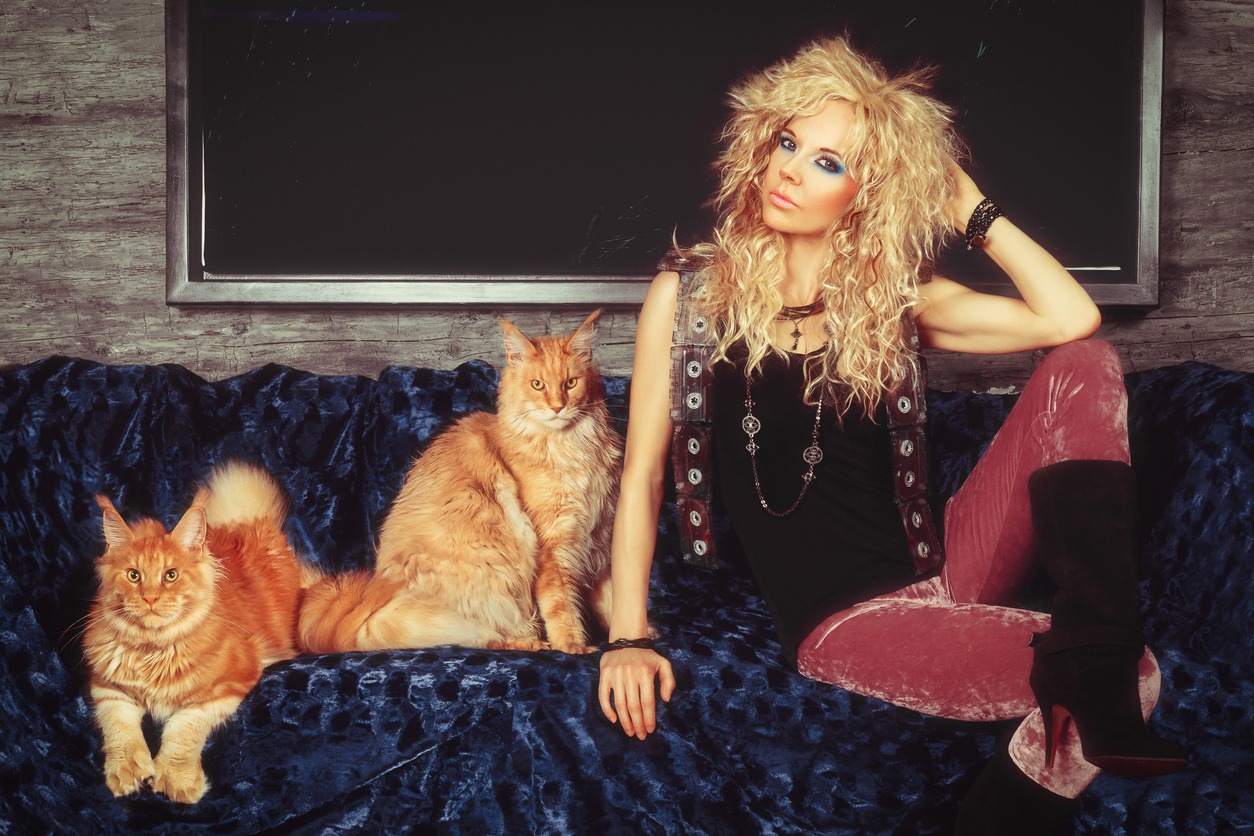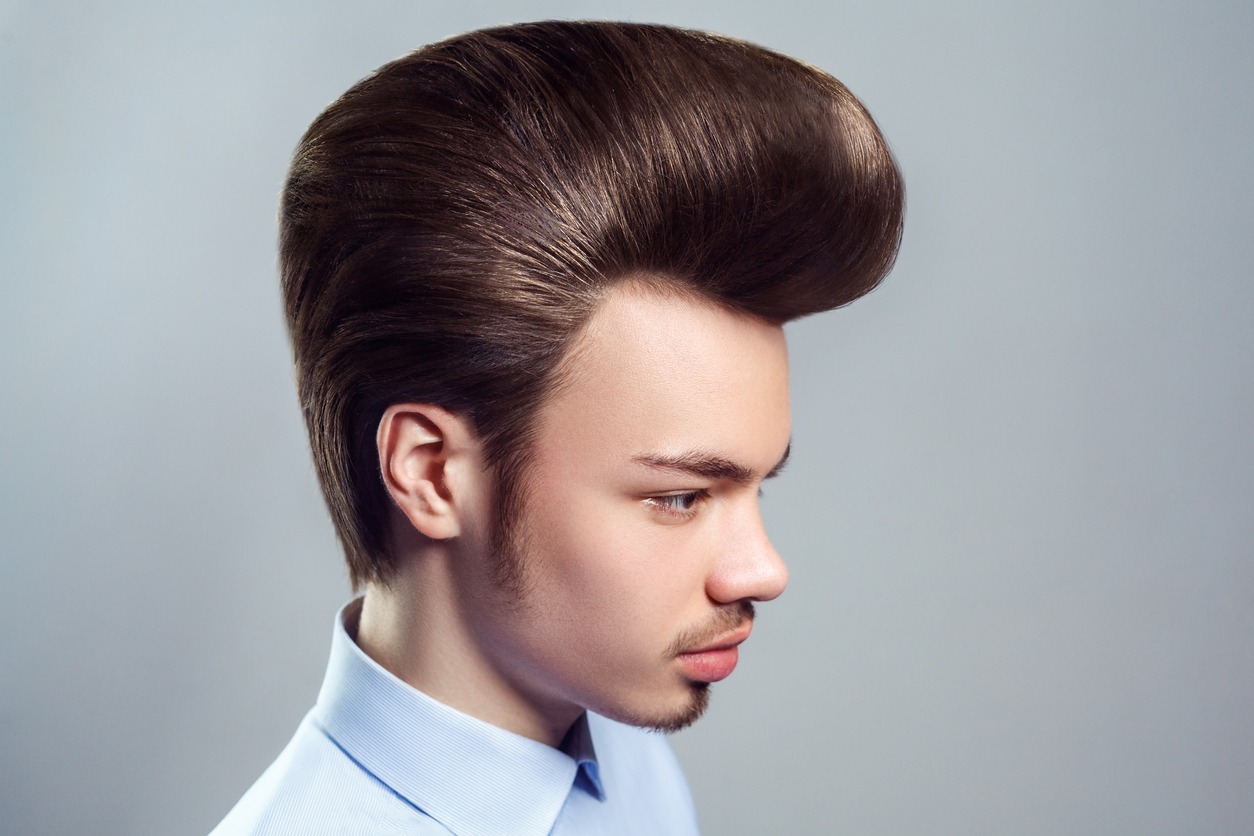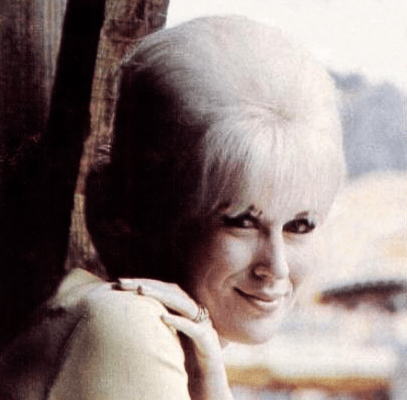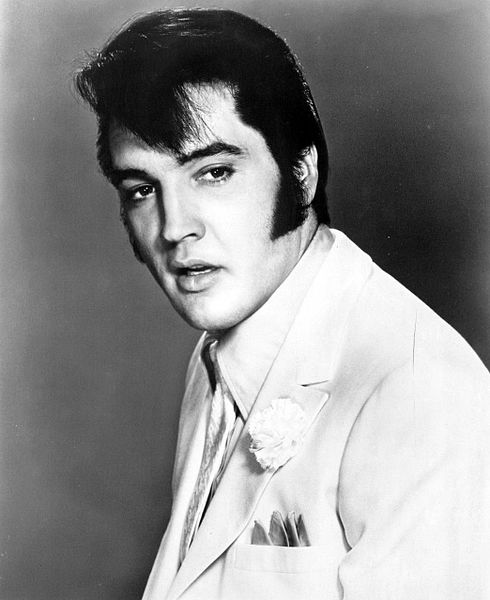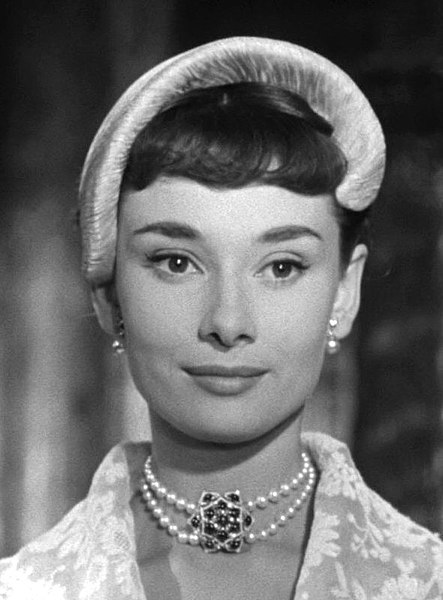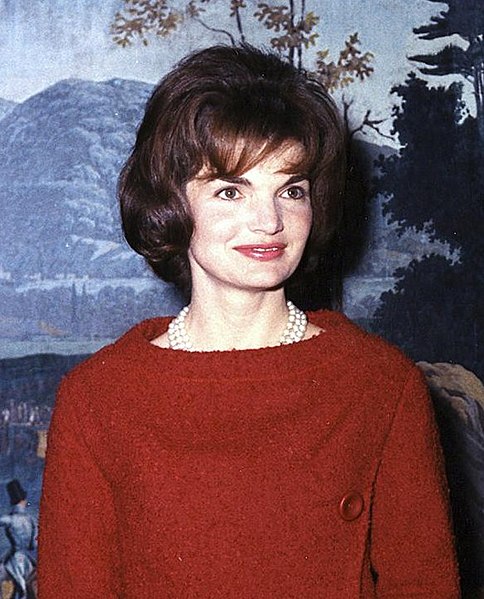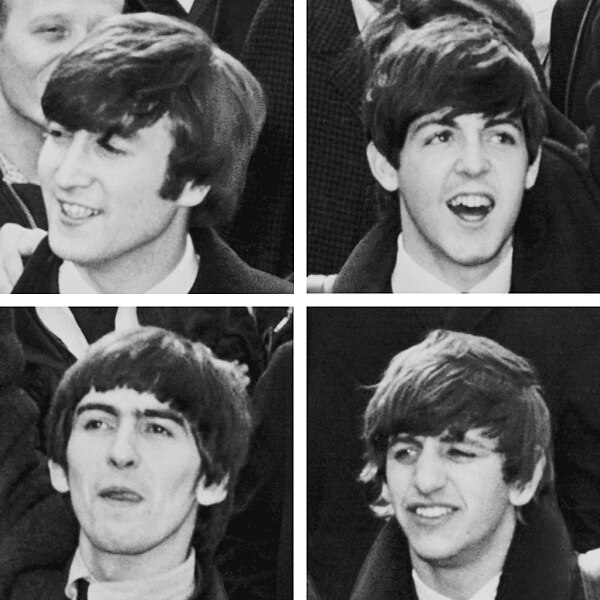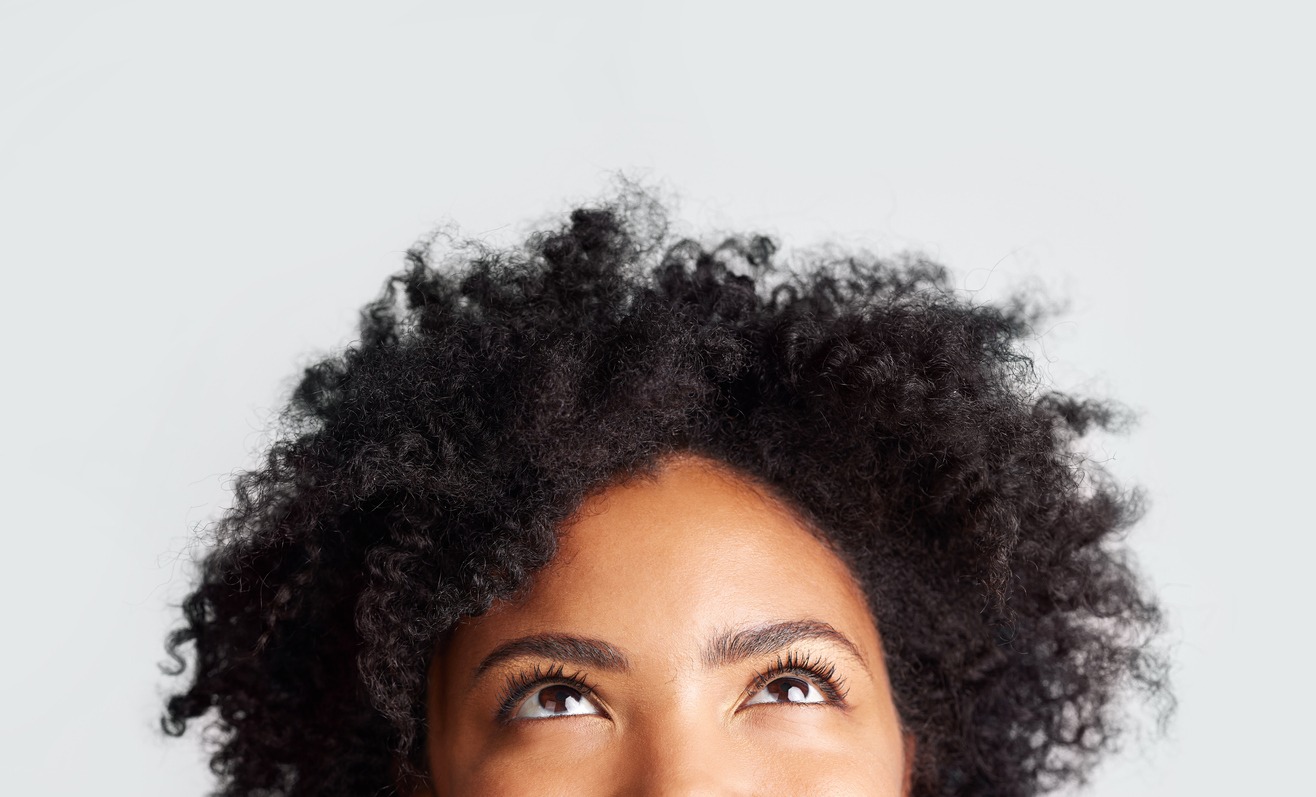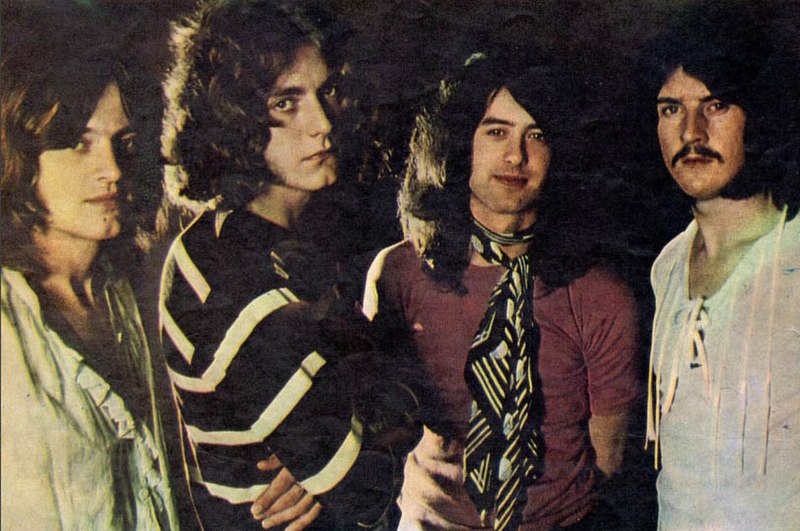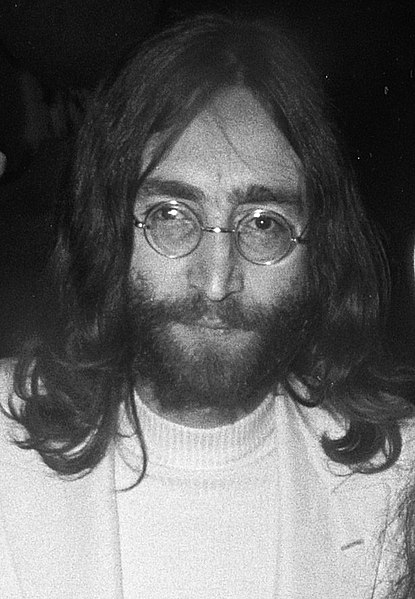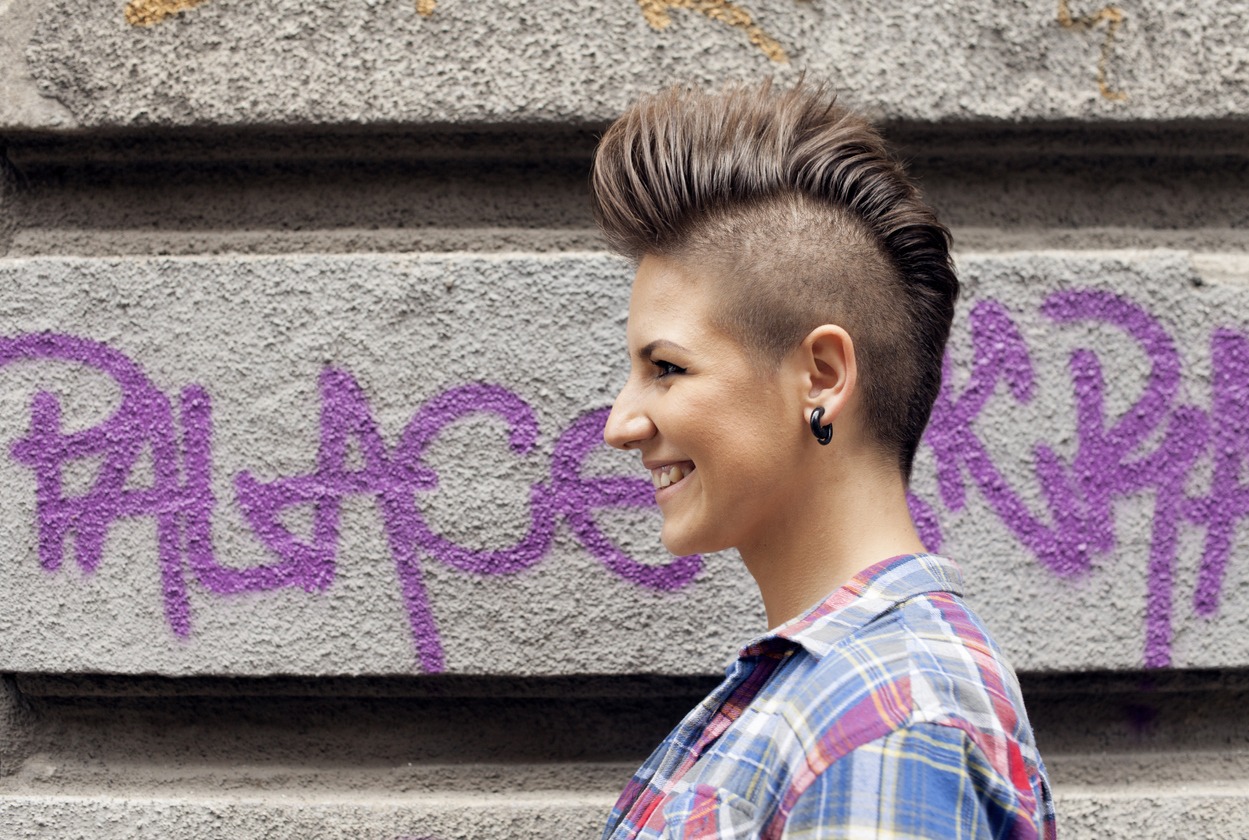Each era has left an indelible mark on the world of fashion and style, from the elegant pin curls of the 1950s to the wild and vibrant locks of the 1980s. Join us as we relive the trends and hairstyles that defined generations by exploring the most memorable and iconic pop culture hairstyles by decade. This fascinating tour will transport you through time, celebrating the hair legacies that continue to inspire and influence us today, whether you’re a fan of vintage glamour or a nostalgic seeker of 90s grunge. You’ll see the transformative power of hair as we go through each decade, as iconic hairstyles not only reflected but also shaped the times.
The Iconic Hairstyles of the 50s
1. The Pompadour
The 1950s witnessed a spirited celebration of rebellion among the younger generation, and this spirit found its perfect reflection in the immensely popular pompadour hairstyle. Embraced by stars such as Elvis Presley, James Dean, and Sal Mineo, the pompadour became a defining symbol of defiance and individuality.
This iconic hairstyle featured longer hair that was expertly greased up on top and meticulously slicked down on the sides, earning those who rocked this trend the befitting moniker of “Greasers.” These rebellious trendsetters challenged conventional norms, exuding an air of nonconformity and effortless coolness with their slicked-back locks that stood tall and proud.
2. The Bouffant
Undoubtedly one of the most prominent and widely embraced styles of the 1950s, the bouffant hairstyle captivated the hearts and heads of women across the nation. This iconic hairdo eventually evolved into the towering and audacious “beehive” style that took the world by storm. The bouffant, characterized by its dramatic volume, required meticulous backcombing techniques and generous applications of hairspray to achieve its awe-inspiring height.
Celebrated stars like Connie Francis and Sophia Loren played a significant role in popularizing the “European bouffant” aesthetic, introducing this glamorous look to the United States. With their undeniable charm and flair, they became trendsetters, inspiring women to embrace this striking hairstyle as a symbol of elegance and sophistication.
3. The Sideburns
In perfect harmony with the pompadour and an unmistakable aura of rebellion, the sideburn emerged as another notable men’s hair trend of the time. This distinctive facial hairstyle became synonymous with a sense of nonconformity and rugged individualism. Notably seen on iconic actors like Marlon Brando in the film “The Wild One” and James Dean in “Rebel Without a Cause,” the sideburn quickly permeated mainstream culture, capturing the imagination of men seeking to embody a rebellious spirit.
The sideburn, characterized by the growth of facial hair extending down the sideburn area towards the jawline, became a symbol of masculinity and defiance. This bold and distinctive look allowed men to express their individuality and challenge societal norms of grooming.
4. The Pixie
While the popularity of the pixie haircut reached new heights during the 1960s, it was Audrey Hepburn’s iconic closely-cropped hair in the beloved film “Roman Holiday” that sparked a revolution in super short hairstyles paired with delicate, wispy bangs. Hepburn’s daring look captivated audiences and set the stage for a timeless trend that continues to resonate with people today.
Audrey Hepburn’s portrayal of the spirited Princess Ann in “Roman Holiday” showcased a fearless departure from traditional feminine beauty standards. Her cropped hair, meticulously styled with soft, wispy bangs, became an instant sensation, capturing the imagination of women seeking a bold and unconventional style.
The Iconic Hairstyles of the 60s
1. The Flipped Bob
1961 marked a significant moment in American history as the nation elected its youngest president, John F. Kennedy, accompanied by his stylish and youthful wife, Jacqueline Kennedy. In the early part of the decade, Jackie Kennedy emerged as a household name and a beacon of grace and elegance for countless Americans. Her distinctive hairstyle, a chic and sophisticated short bob with playful flipped-out ends, quickly became a sensation, inspiring millions of women to replicate her iconic look.
The influence of Jackie’s signature hairstyle extended far beyond political circles, captivating the attention of superstars like Diana Ross and the Supremes, as well as Elizabeth Montgomery, who embraced variations of this fashionable look made famous by the First Lady. Jackie Kennedy’s role as a style icon during the 1960s cannot be understated. Her impeccable fashion sense and effortlessly chic demeanor set her apart as a trendsetter of the era.
2. The Mop Top
The 1960s witnessed the rise of an unparalleled musical phenomenon with the formation of The Beatles, a band that would ultimately become an icon of global proportions. Hailing from Liverpool, England, the group soared to unprecedented popularity in the United States, sparking a cultural phenomenon that would forever be known as “Beatlemania.”
While The Beatles’ hairstyles underwent significant transformations throughout their career, it was their initial “mop-top” look that captured the hearts of fans worldwide. This rebellious and unkempt style, characterized by messy, longer hair, marked a departure from the sleek and polished hairstyles of the 1950s, becoming a symbol of youthful defiance and counterculture.
3. Afros
The ’60s saw a significant increase in the popularity of the Afro hairstyle, a deliberate departure from previous norms that pressured African-Americans to conform to white American beauty standards. The Afro, also known as the ‘Fro or “natural” hair, became a powerful symbol of African-American empowerment and cultural expression, worn proudly by civil rights supporters and influential figures such as Angela Davis, Jimi Hendrix, and James Brown.
The Afro represented a radical departure from the previously held belief that African-Americans should alter their natural hair texture or attempt to imitate the hairstyles of their white counterparts. Instead, the Afro celebrated and embraced African hair’s inherent beauty and uniqueness.
The Iconic Hairstyles of the 70s
1. The Long Locks
Beginning in the 1960s and continuing into the following decade, there was a noticeable trend among men to embrace longer hairstyles. While long hair on men was still associated with rebellion, the 1970s saw a gradual shift in societal acceptance as rock stars began to sport this distinct look. Renowned bands such as Led Zeppelin electrified sold-out arenas with their cascading, curly hair, which became synonymous with their larger-than-life performances. Inspired by these musical icons, aspiring rock stars, and ardent fans all over the world eagerly embraced the trend, resulting in a widespread proliferation of men with longer locks.
In the 1970s, men began to embrace longer hairstyles, a departure from the more conservative grooming norms of previous decades. It represented a daring defiance of societal expectations and a desire for individualistic self-expression. Longer hair was appealing not only for its rebellious connotations but also for the sense of freedom and nonconformity it embodied. Men who wanted to be associated with the audacious spirit of rock ‘n’ roll and countercultural movements found solace in the wild allure of flowing locks.
2. The Shag
Jane Fonda’s iconic hairstyle in the 1971 film Klute inspired a wave of emulation and admiration. Her short-to-mid-length hair was meticulously layered from top to bottom, creating a distinct “shaggy” look that captivated audiences. Because of the versatility of this hairstyle, it captivated both men and women who wanted to embrace their own interpretations of the trend.
In Klute, Jane Fonda’s portrayal of Bree Daniels introduced a fresh and contemporary hairstyle that resonated with the changing fashion sensibilities of the time. The haircut’s layered structure provided a dynamic and textured appearance, with shorter layers framing the face and longer layers adding movement and volume to the overall style. This deliberate asymmetry created a sense of edginess and nonchalant elegance that came to be associated with the era.
3. Facial Hair
Facial hair experienced a remarkable resurgence in popularity during the vibrant and transformative 1970s, taking various forms such as sideburns, mustaches, and beards. The prevailing countercultural movement of the time, epitomized by the free-spirited ideals of hippie culture, heavily influenced this follicular revolution. Facial hair acceptance became a visual representation of individuality and rejection of societal conventions.
During the 1970s, the variety of facial hair styles was striking, ranging from wild and untamed to meticulously groomed and sculpted. This broad range allowed people to express their distinct personalities and preferences. Some preferred a more natural and free-flowing look, allowing their beards and mustaches to grow long and unruly, whereas others meticulously shaped and trimmed their facial hair into intricate designs.
4. Dreadlocks
During the culturally vibrant 1970s, a wave of curiosity and appreciation for non-American cultures swept across America, resulting in a renewed interest in Jamaican and Rastafarian lifestyles. This cultural exchange manifested in various ways, including the famous dreadlocks hairstyle. Bob Marley, a well-known musician, was instrumental in perpetuating Rastafarian culture in the United States, contributing to the rise in popularity of dreadlocks among African-Americans.
While dreadlocks had been around for centuries, it wasn’t until the 1970s that they gained popularity and acceptance within African-American communities. A growing appreciation for diversity, cultural expression, and a desire to break free from traditional Western beauty standards fueled this cultural shift. Dreadlocks were a powerful way of reclaiming and celebrating African heritage, as well as a symbol of resistance to societal norms.
The Iconic Hairstyles of the 80s
1. The Mullet
Although celebrities such as David Bowie and Paul McCartney had adopted the mullet hairstyle as early as the 1970s, it wasn’t until the mid-1980s that this distinct “business in the front, party in the back” look gained popularity. The mullet became a fashion statement worn by people of all genders and was distinguished by its contrasting lengths—shorter in the front and sides, long and flowing in the back.
The mullet was a versatile hairstyle that could be worn with both curly and straight hair. Its allure stemmed from the unique juxtaposition of sophistication and rebelliousness, capturing the essence of the era’s daring fashion trends and shifting cultural attitudes. This distinct hairstyle allowed people to express their individuality while pushing the boundaries of traditional grooming norms.
2. Punk Hairstyle
While punk culture’s origins can be traced back to late 1970s London, the 1980s saw the true ascension of punk culture as new musical genres and waves of rebellious teenagers embraced a bold and edgy aesthetic. This transformative era saw an increase in tough-looking clothing, with leather, ripped clothing, and studded accessories becoming symbols of the punk movement. The exuberant and unconventional hairstyles, on the other hand, truly captured the essence of this subculture.
Hairstyling trends changed dramatically in the 1980s, with vibrant colors, daring cuts, and inventive use of hair products taking center stage. Bleached hair became popular, serving as a canvas for the audacious experimentation that defined the punk scene. Hair color has evolved from neon hues to pastel hues as a means of self-expression and visual representation of individuality.
3. The Princess Diana Hairstyle
Diana’s hairstyle, with its cropped, voluminous, and fluffed appearance, became an iconic style that stood on its own. Her hair reflected the decade’s androgynous fashion trend, exuding elegance and sophistication, albeit with a touch of demureness that set it apart from other styles of the time. Despite its more subdued appearance, the Princess’s hairstyle managed to capture attention and leave an impression.
Princess Diana’s hairstyle became a global sensation, inspiring women all over the world to visit their hairdressers in an attempt to recreate her signature look. Her radiant persona was perfectly complemented by her hairstyle, which enhanced her natural beauty and contributed to her status as a true fashion icon. Princess Diana is still regarded as one of the most influential figures in fashion and hair, her style etched in the annals of beauty and elegance.
The Iconic Hairstyles of the 90s
1. Undone Curls
Fans all over the world were captivated by a new standard of beauty: the embrace of natural curls, after catching a glimpse of a Mariah Carey album cover. The global superstar’s hair became a defining symbol of the 1990s, igniting a trend that resonated with people eager to celebrate their own distinct textures. Carey’s hairstyle presented a challenge, one that many were eager to accept: achieve a look that was effortlessly undone, glossy and free of excess product, and full of voluminous bounce.
Mariah Carey’s influence on curly hair perception in the 1990s cannot be overstated. With her cascading curls on display, she defied conventional beauty standards and inspired countless people to embrace their natural texture. Her hairstyle exuded effortlessness as if her curls were a natural extension of her confident demeanor. This authenticity and self-acceptance struck a chord with fans, who were inspired to do the same.
2. The Rachel Hairstyle
It was nearly impossible to avoid the widespread influence of “The Rachel” haircut for those with thick, predominantly straight hair. This iconic hairstyle, named after Jennifer Aniston’s beloved character on the hit television show Friends, quickly became a cultural phenomenon, teaching women all over the world the importance of face-framing layers. Throughout the 1990s, the Rachel haircut became synonymous with youthful vibrancy and effortless chic.
Jennifer Aniston’s portrayal of the fashionable and relatable Rachel Green catapulted her hairstyle to new heights. The Rachel haircut was distinguished by its carefully crafted layers, which were strategically designed to frame the face and enhance one’s features. It was a versatile and dynamic style that exuded playfulness while remaining undeniably sophisticated.
3. The Bowl Cut
The bowl cut, a popular childhood hairstyle, may evoke memories of sitting in a salon chair while a hairdresser trimmed your hair to a uniform length. While this hairstyle was initially perceived as a youthful and somewhat whimsical choice, it eventually transcended its childlike origins and gained popularity among rock bands and music enthusiasts. It became a popular look for those who enjoyed the high-energy atmosphere of rock concerts, where air guitar and moshing were common, and wanted a distinct yet low-maintenance look.
The bowl cut’s appeal stems from its simplicity and versatility. The haircut entails cutting a straight fringe across the forehead and trimming the rest of the hair into a rounded shape resembling a bowl placed on the head. Despite its apparent simplicity, the bowl cut can be tailored to different people, accommodating different hair textures and face shapes.
Iconic Hairstyles of the 2000s
1. The Space Bun
The space bun hairstyle, which consists of two buns on top of the head, is a fun and versatile way to express oneself. This trendy Y2K haircut has gained popularity among celebrities and fashion-forward individuals, becoming a popular choice for adding a touch of character and uniqueness to any outfit. Notably, Miley Cyrus, a well-known celebrity, has been frequently spotted wearing space buns, showcasing her unique take on this hairstyle. The singer and actress frequently go for a more relaxed and tousled look, complete with textured and slightly messy space buns. Cyrus effortlessly combines playfulness and edginess, amplifying her look by pairing the space buns with bold makeup and vibrant accessories.
The allure of space buns stems from their ability to instantly elevate an outfit. This hairstyle exudes youthful and fun energy by framing the face with two buns placed symmetrically on the crown. Individuals can customize and experiment with different variations, such as sleek and polished buns or loose and tousled buns, to suit their personal style preferences.
2. The Emo Bangs
The 2000s saw the rise of the emo subculture, which was defined by its distinct fashion, music, and, of course, hairstyles. Emo bangs were a popular hairstyle that became synonymous with the emo movement. This distinct hairstyle quickly gained popularity and left an indelible mark on the fashion landscape of the time.
Emo bangs were a defining feature of the emo aesthetic, serving as a visual expression of the emotions and individuality that its adherents embraced. Long, heavy bangs were typically swept across the forehead, partially or completely covering the eyes. The deliberate obscuring of the face added mystery and intensity to the overall look.
3. Pigtails
Pigtails also experienced a resurgence in popularity in the 2000s, becoming an iconic hairstyle that transcended generations. Pigtails, which were once associated with childhood innocence and playfulness, transformed into a symbol of youthful exuberance and individuality in pop culture in the 2000s.
Pigtails’ versatility was a major reason for their popularity in the 2000s. Pigtails can be styled in a variety of ways to suit various fashion aesthetics and personalities. Pigtails provided a variety of options for individuals to express their individual style, ranging from high and perky to low and loose. Pigtails’ adaptability made them a popular choice for many people looking for a playful and youthful look.
4. The Messy Updo
The early 2000s brought about a surge in popularity for the messy updo, a Y2K hairstyle that epitomized the era’s experimental and carefree spirit. One individual who played a significant role in popularizing this versatile hairstyle was Jennifer Garner, known for her portrayal of Jenna Rink in the 2004 romantic comedy “13 Going on 30”. Garner’s character showcased the charm and appeal of the messy updo, making it a go-to choice for women looking for a hairstyle suitable for any occasion, be it a casual day out or a formal event.
The beauty of the messy updo lies in its simplicity and effortless style, making it accessible to women of all ages. This hairstyle became a favorite among many due to its low-maintenance nature, requiring minimal styling and time commitment. Its “just rolled out of bed” aesthetic allowed individuals to embrace a laid-back yet chic look, reflecting the relaxed attitude of the early 2000s.
Conclusion
Pop culture has been deeply intertwined with iconic hairstyles that have had a lasting impact on society for decades. From the elegant and sophisticated looks of the 1950s to the bold and rebellious looks of the 1980s, each decade brought its own distinct hair trends and expressions of individuality. These hairstyles came to be associated with the era, influencing fashion and leaving an indelible mark on popular culture. These iconic hairstyles continue to inspire and influence hairstylists, fashion enthusiasts, and individuals seeking to make a statement with their hair, whether it was the pompadour of the 1950s, the afro of the 1960s, or the messy updo of the 2000s. They are proof of the power of personal expression and the ever-changing nature of style.

